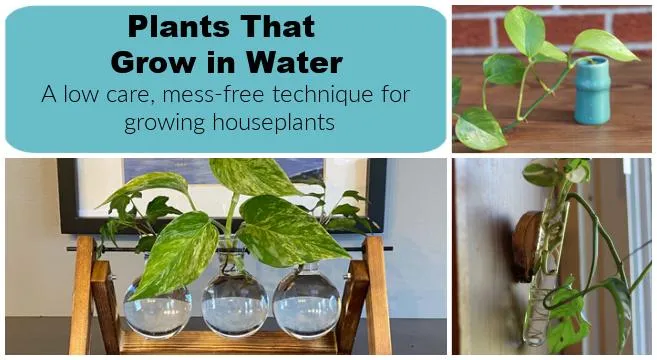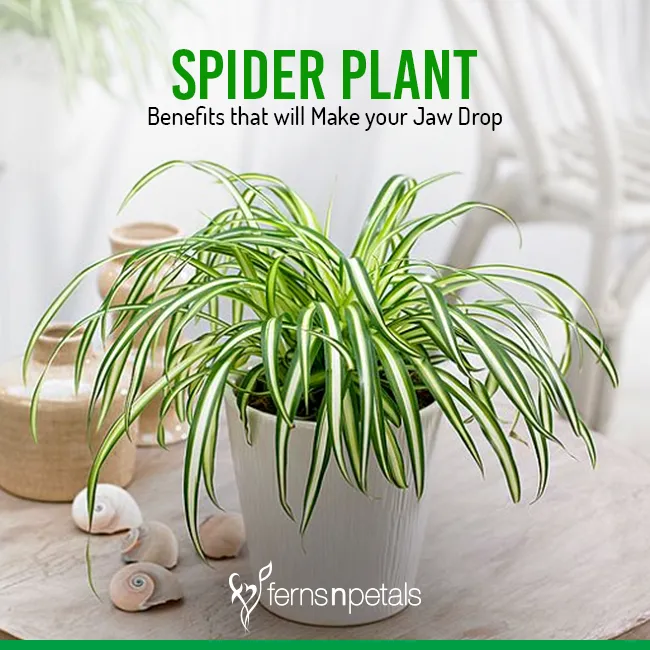The Best Trees to Grow Indoors
If you love gardening but don’t have outdoor space, growing trees inside your home is a great option. Several tree species thrive wonderfully as houseplants. From my experience caring for indoor trees, here are some of the top trees to consider growing indoors.
Dwarf Date Palm
The dwarf date palm is one of the most popular small indoor trees. It has a lovely feather-like foliage and can grow up to 6 feet tall indoors. As a palm tree, it has a very different look than other houseplants. I’ve found dwarf date palms to be super low maintenance—they just need moderate light and water every 1-2 weeks. Their slender trunks also make them suitable for placement in small spaces. Enjoy the tropical vibe this tree brings indoors!
Dwarf Umbrella Tree
With its unique umbrella-shaped canopy, the dwarf umbrella tree is perfect for adding an exotic accent to your home. It grows more slowly than other trees, reaching only 3-4 feet tall. I appreciate its lovely deep green leaves that hold their color well. As with palms, umbrella trees favor bright indirect light. Whenever I see an umbrella tree, it sparks joy seeing its unusual rounded shape. Their slow growth also means less frequent pruning.
Dwarf Jade Plant
The jade plant, known scientifically as crassula ovata, is legendary for being nearly impossible to kill. Jades thrive on neglect! They’re content with low to medium light and infrequent watering. Over time, their woody trunks develop an bonsai-like aesthetic. Jades come in various colors too from green to reddish tones. However, be warned that jades propagate prolifically—I once had 50 baby jade plants from a single mother plant! But their hardiness means jades make an excellent starter tree for indoor gardening.
Dwarf Schefflera
With its lush foliage of divided leaflets, the dwarf schefflera tree looks more like a large houseplant than a tree. But it has a distinct trunk structure. Scheffleras grow more rapidly than palms or jades in the right environment. They love humidity, so from my experience, placing a pebble tray under the pot helps. In just a few years, a schefflera can mature into a 4-5 foot tree. Their leaves come in various shades of green too. Overall, scheffleras are very hardy and forgiving as indoor trees.
Chinese Evergreen
Chinese evergreen is sometimes called the “five-finger-leaf” for its distinct palm-like leaves. It comes in many cultivars with leaves that vary in color from green to burgundy to gold. This tree grows slowly in its younger years but can achieve 6-8 feet over time. What I appreciate about Chinese evergreen is its tolerance of low light conditions compared to other trees. I’ve seen specimens thriving in shady corners or underneath larger plants. Just beware of overwatering which is their Achille’s heel.

Factors to Consider When Growing Indoor Trees
While the above trees adapt well to life inside, there are still some factors home gardeners need to consider:
Light
Indoor trees need access to plenty of bright, indirect light each day. South or west-facing windows provide the optimal conditions. Rotate pots weekly to prevent leaning. Some trees like jades are more shade tolerant compared to faster growers like scheffleras. I place my trees on a wheeled plant stand to easily move them around for adequate sun exposure.
Soil
Most indoor trees prefer well-draining potting mixes. I like to use standard houseplant potting soil amended with perlite or bark to prevent sogginess. Repot annually in spring into pots just 1-2 inches wider. Overpotting leads to root rot issues from stagnant moisture.
Water
Water requirements depend on the specific tree and seasons. During spring/summer growth periods, trees may need water every 5-7 days. Allow the top inch of soil to dry out between waterings. Reduce watering significantly in fall/winter. Use the knuckle test or moisture meter to check soil moisture levels. Overwatering is usually the number one cause of indoor tree deaths.
Fertilizer
Feeding monthly during active growth with a dilute liquid houseplant fertilizer helps fuel good health. I often use an all-purpose 20-20-20 balance. Discontinue feeding in winter when trees rest. Prune off dead or damaged growth from time to time too for neat appearance.
Pests and Diseases
As with any indoor plants, watch out for common issues like spider mites, scale, and mealybugs. Isolate and treat affected plants promptly to avoid spreading. Providing optimal care minimizes risk. Trees can also get fungal or bacterial leaf spots from overwatering or poor air circulation.

Placement
While trees don’t require enormous spaces, give them room to grow. Place in well-lit spots away from drafty areas or heat vents. Rotate regularly (kind of like yoga for plants) so trunks grow straight. Some varieties make excellent tables for smaller plants to “forest” around.
Tips for Success with Indoor Tree Care
Here are some additional tips I’ve found helpful for caring for indoor trees successfully:
- Start with pest- and disease-free nursery plants to avoid contamination issues
- Acclimate trees slowly to new conditions if transitioning inside for winter
- Stake top-heavy types until established to prevent leaning or snapping
- Provide humidity for tropical varieties by grouping near other plants or using pebble trays
- Prune regularly to maintain shape and size for the space
- Dust leaves occasionally to remove debris buildup and promote healthy gas exchange
- Be patient! Many indoor trees grow slowly, so enjoy the journey of watching them mature
With some basic care tailored to their needs, indoor trees make wonderful long-term additions to any home. Have you given indoor trees a try? Do you have any favorites in your collection?
Questions to Consider
Here are a few questions for readers to ponder about growing indoor trees:
- What other tree varieties beyond those mentioned could potentially thrive indoors?
- Have you encountered any challenges caring for indoor trees? What troubleshooting tips would you offer others?
- Where is an ideal spot in your home to display an indoor tree for optimal light conditions?
- In what ways could indoor trees help improve air quality, mood, or aesthetics?
I hope exploring these types of low-maintenance indoor trees sparks your interest in adding a bit of nature to your living space. Please share any other tree care tips or personal experiences in the comments below!
Best Indoor Trees You Can Grow
| Tree | Care Level | Light Needs | Maximum Height |
|---|---|---|---|
| Snake Plant | Low | Low | 3 feet |
| ZZ Plant | Low | Low-Medium | 4 feet |
| English Ivy | Low | Medium | No limit, can grow very long |
| Bamboo Palm | Low | Medium | 6-10 feet |
| Peace Lily | Low | Medium | 2-4 feet |
| Chinese Evergreen | Low | Medium | 3-6 feet |
FAQ
-
What common houseplants can I grow indoors?
Some nice houseplants you can grow inside include pothos, snake plant, peace lily, spider plant, philodendron, and Chinese evergreen. These plants are pretty tough and don’t need a ton of sunlight.

-
Do all indoor plants need sunlight?
Most indoor plants require at least some sunlight every day. However, certain plants like pothos and snake plant can survive with quite limited light. At the same time, direct sunlight from a south-facing window might fry more delicate plants. So you gotta kinda match the plant to the spot.
-
How often should I water indoor plants?
The frequency of watering depends on the type of plant and potting medium. As a basic rule, check if the top inch or so of soil is dry before watering again. During the warmer months, most pots will need water every 5-10 days. Nevertheless, it’s better to underwater than overwater, as too much H2O can kill a plant pretty quick.
-
Can trees be grown indoors?
While it’s possible to grow some small trees indoors, like dwarf citrus or bonsai, most trees won’t do very well in the typical home environment. Trees need lots of space, light and moisture to thrive. On the other hand, something like a dwarf date palm or fig might work okay in a large container by a bright window. I guess it depends on the tree species and how big you let it get.
-
What conditions are best for growing indoor trees?
If attempting an indoor tree, you’ll want to find a spot with tons of natural sunlight. Is that fair? South or west windows are usually best. The tree will also need a huge pot, like a 20+ gallon container. Does that sound big enough? And of course, the soil has to drain well but retain lots of moisture too. Lastly, indoor trees probably need stakes for support since they won’t have much wind exposure. Pretty high maintenance if you ask me!
-
Is growing fruit trees indoors possible?
Growing fruit-bearing trees indoors is difficult but perhaps not entirely impossible. Citrus like dwarf oranges or lime seem to have the best chance of fruiting inside. You’d need awesome light, huge pots, and diligent care. Fig trees may also work with a fair amount of luck and green-thumb magic. But for the most part, citrus and figs are about the limit as far as I know. Most other fruit trees simply get too large for indoor conditions.
-
What are some challenges with growing indoor trees?
Basically, the main issues revolve around space, light, humidity and pruning. Trees crave tons of area, but homes provide limited real estate. Similarly, trees need serious sunlight whereas indoor lighting can be measly. Homes also lack the humidity trees demand. On top of that, pruning is difficult indoors where you risk bumping branches. Pots may not drain well over time either. And finally, trees can attract pests! So indoor trees require constant TLC which people often can’t keep up.

-
So are indoor trees even worth it?
While growing an indoor tree sounds awesome, the reality is they demand exceedingly high maintenance. Unless you’ve got loads of space, light and green thumbs, keeping a tree happy inside can be more awful than amazing. Smaller plants fare better indoors overall. Then again, if attempting a mini citrus or dwarf fig, it could turn out kinda cool with enough nurturing. But is it worth all the fuss? Maybe, maybe not…you be the judge!
